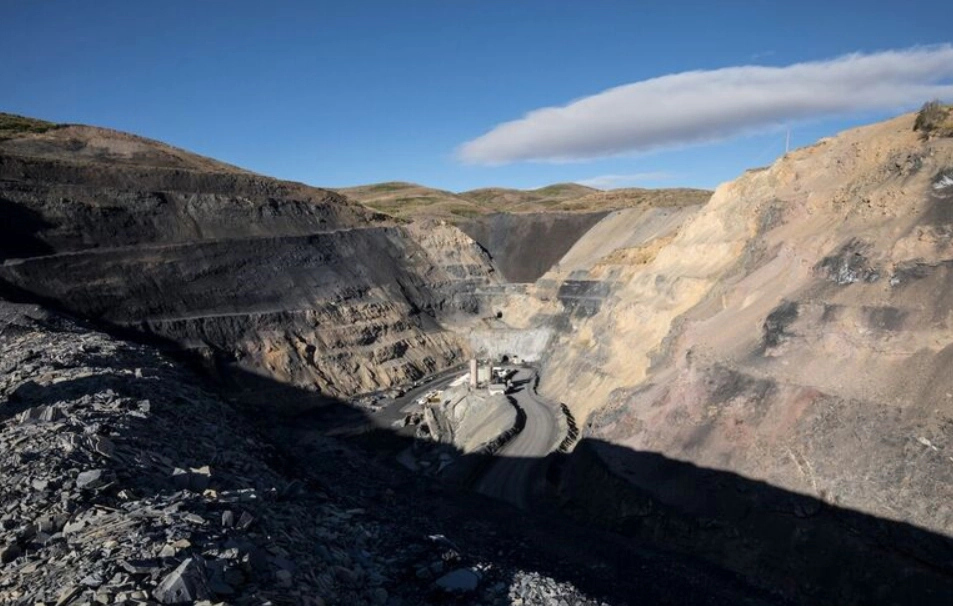
Tuesday’s announced $7 billion all-stock acquisition by South Africa-based Gold Fields of Canada’s Yamana Gold could signal a new round of mergers and acquisitions in the precious metals mining business.
Actually, the consolidation trend may have gotten its start in 2019 with Newmont’s $10 billion all-stock acquisition of Goldcorp, creating in the process the world’s largest gold miner. A few months later, Barrick proposed a hostile buyout of Newmont that was rejected. Instead, Newmont offered to form a new company with Barrick that combined the two miners’ Nevada assets. That eventually failed too.
Yet, there is no getting around the fact that bigger is definitely the path to survival for gold and silver miners. Last year, Agnico Eagle swallowed Kirkland Lake Gold in a $10.6 billion all-stock deal and two smaller miners, Australia-based Newcrest acquired Canadian miner Pretium in a cash and stock transaction valued at $2.8 billion, and Canada-based Kinross acquired another Canadian miner, Great Bear Resources, for about $1.4 billion in cash and stock in a deal that closed earlier this year.
Gold miners’ reserves are slipping, and asset scarcity is generating market pressure for larger miners to grow by acquiring smaller ones. According to a January report from S&P Global Market Intelligence analyst Robert Anders, “Sixteen of the world’s 20 largest gold miners … saw their overall remaining years of production fall over the 2010-19 period.” Declining discovery rates and insufficient investment in exploration are driving the slippage.
In March of last year, Sibanye Stillwater CEO Neal Froneman told S&P Global, “You will not be relevant if you are less than something like $20 billion [in market capitalization]. You’re not going to appeal to [mutual, ETF, hedge] funds. You’re not going to feature in the indices.” Froneman was commenting on a possible combination of South Africa’s leading gold miners (AngloGold Ashanti, Gold Fields and Sibanye Stillwater) that would have been the world’s largest had the deal occurred. That did not work out either, at least so far.
While a huge deal like that might appeal to investors, regulators might not be amused. That is why Tuesday’s deal between Gold Fields and Yamana may be the first of several over the next year or so. Yamana was the second-most heavily weighted component of the Market Vector (MVIS) Global Junior Gold Miners Index, the basis for the VanEck Junior Gold Miners ETF (NYSEAMERICAN: GDXJ). A junior gold miner is one that invests primarily in gold or silver, generates at least 50% of its revenue from gold or silver mining, or owns properties that have the potential to generate at least 50% of its revenue from gold or silver mining when developed. The index has 97 components.
Here we have a look at the 10 most heavily weighted stocks in the MVIS global junior miners index (excluding Yamana, of course) with an eye to their assets, annual product and costs. These 10 stocks account for more than 40% of the index.
Sponsored: Find a Qualified Financial Advisor
Finding a qualified financial advisor doesn’t have to be hard. SmartAsset’s free tool matches you with up to 3 fiduciary financial advisors in your area in 5 minutes. Each advisor has been vetted by SmartAsset and is held to a fiduciary standard to act in your best interests. If you’re ready to be matched with local advisors that can help you achieve your financial goals, get started now.






